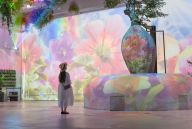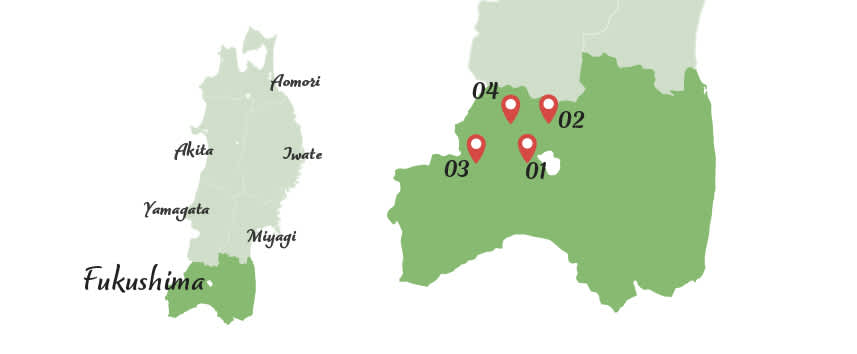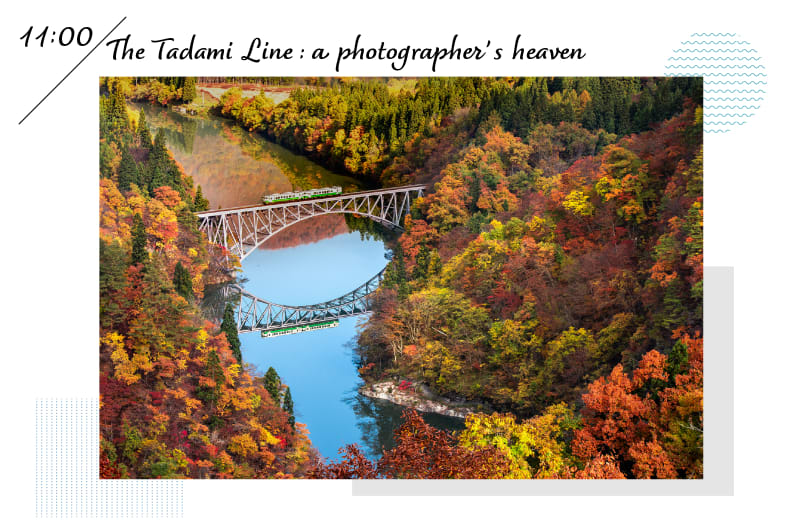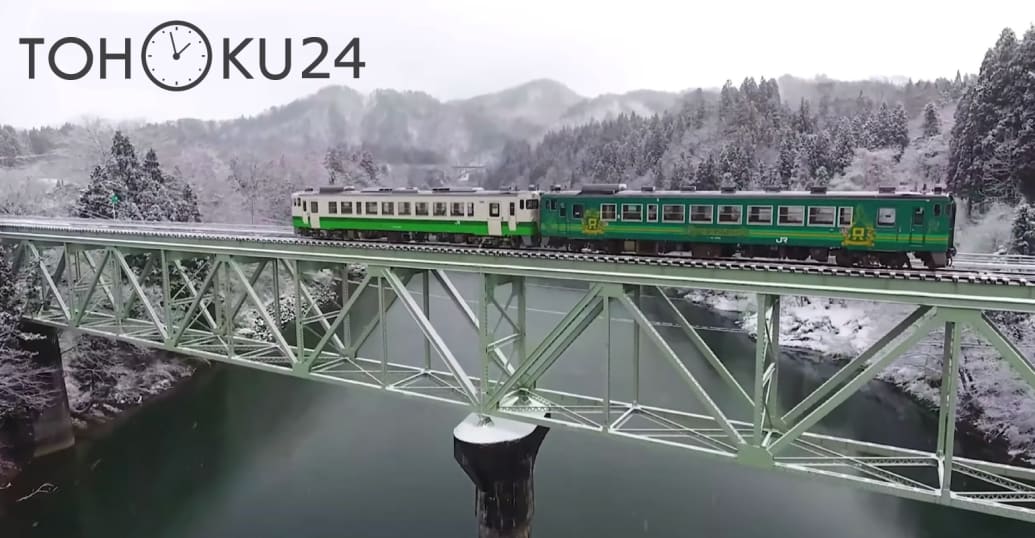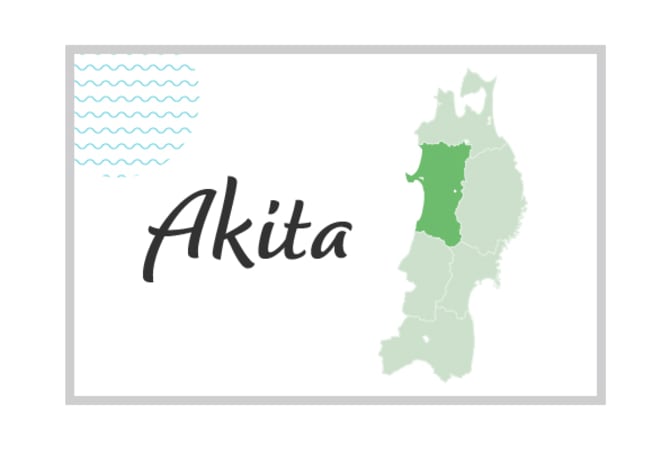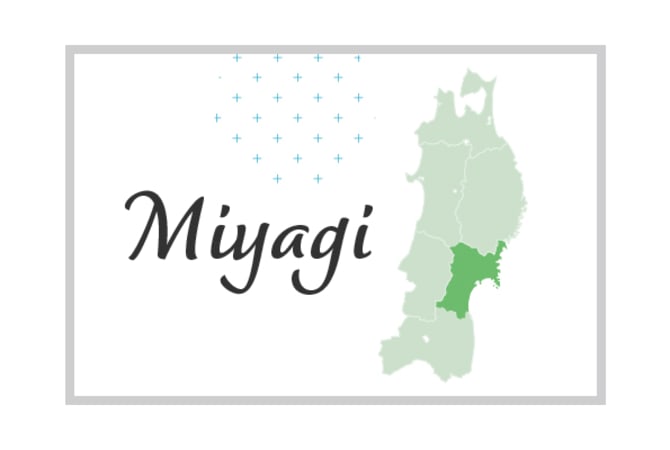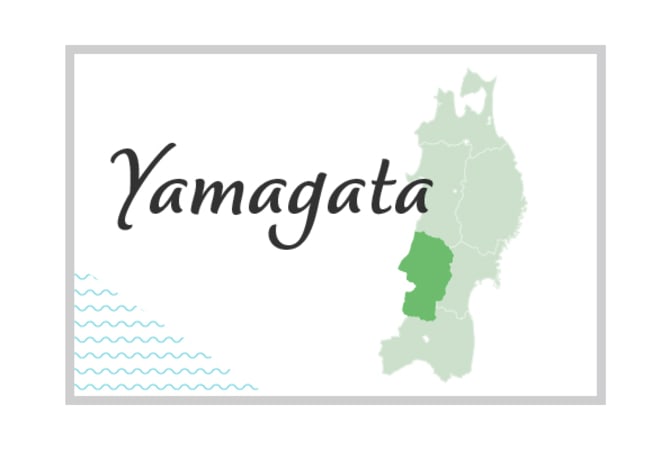Fukushima
Fukushima Prefecture locates at the southernmost part of the Tohoku region, and is the third largest prefecture in Japan. It spreads in length from east to west and is divided into three main regions.
There are three main regions: Aizu, with its many historical landmarks; Nakadori, blessed with orchards and hot springs; and Hamadori, with its cool summers and mild winters.
Fukushima is full with local charms, awaiting to be revealed by its visitors.















































